There’s nothing like a good pandemic to throw reason and best practice aside.
For years I’ve taught (spoiler alert – still believe) the best philanthropy is to focus your giving. I’ve counseled philanthropists on this and worked hard to move in this direction myself. And I’ve taught organizations to sell vision and impact — the future — rather than immediate need.
 By focusing my giving…
By focusing my giving…
- I know I’m making a bigger impact where I care most.
- The organizations I support can focus more on me (it’s all economics of scale) and that makes me feel more connected.
- I minimize the work non-profits have to do to support me as a donor. Every time I give one $500 gift rather than ten $50 gifts that eliminates a) nine thank you letters (or more if they thank me multiple times); b) nine renewal letters; c) nine database records (many organizations now pay per record!); and more.
- I don’t have to deal with the quid-pro-quo giving among my friends and family.
By organizations focusing on vision and impact…
- People are inspired to give more because they see their gift can change the future for the better (think of the adage of giving someone a fish vs. teaching someone to fish).
- People subconsciously relate this to their own lives and the idea of investing in a future. People are used to making their biggest expenditures where they have a vision of the future (where they live and raise their children, where they send them to school, etc.).
- We avoid people giving smaller gifts to address immediate needs, which to many is like putting a bandage on a cut.
Which brings us to the last five months, during which time I count having given more than 40 small gifts of $25-$100. Some were additional gifts to organizations I already support, though oddly none went to my top three organizations as they didn’t reach out to me. Many were to organizations I never supported and probably won’t support again unless there’s a unique, pressing need. I supported them because their message was dire and I responded to their immediate need. Now they’ll keep writing to me, wasting their time and money, which might end up costing them more than my $25 or $50 gift raised for them.
That’s not to say these gifts weren’t helpful in the short run. Gifts went to organizations providing emergency help, such as first responders. Theaters I attend wrote to me, and I felt awful for them and made small gifts to many as they tried to keep afloat. Community organizations wrote to me, and I gave first-time small gifts to help locally.
But basically, I broke all my own rules. And in talking to friends and family I learned their giving has followed the same pattern – spreading their support far and wide and mostly in small increments.
And in breaking all my own rules and seeing others do so it only reinforced for me the need to focus philanthropy …and how important it is for organizations to focus on vision and impact. Because had I and my friends and family focused our giving where we were already invested, we could have made a bigger impact at those organizations without creating massive lists of new donors. New donors who will be very hard to convert to ongoing donors and even harder to convert to larger donors.
I’m not saying we all should have – or could have – done this. Emergencies lead us to act in unique ways; to be reactive rather than proactive. But we also learn great lessons from these times. And now that we’ve passed the initial emergency and understand the magnitude and dynamic of COVID-19 on our fragile non-profit world, we can make more thoughtful investments in its future.
To do so, non-profits must share their vision and talk about the future. Yes, even in these perilous times, we can raise more if we put everything in the context of the future. Yes, we have a great need now just to stay afloat and help those in peril, but we are doing this because it will allow us to be here for years to come, helping others in peril, improving lives, building community, saving the planet, and more. We must stay alive not just to meet the current need, but so we’re here to impact the future.
Here’s to the future, even during such perilous times.





